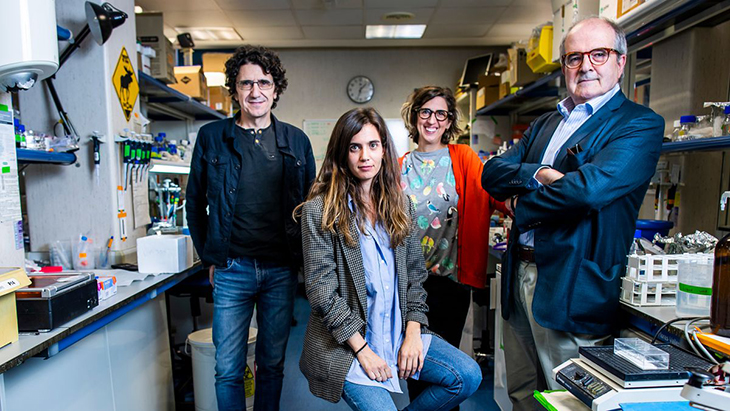New Study Finds Patient Who Survived 12 Varying Cancers Could Hold Key To Detection And Treatment

A group of scientists are in awe of a patient with very unique circumstances. She has survived at least a dozen different types of cancer tumors throughout her lifetime, and her experience may just provide the key for the these researchers to develop new early detection and immunotherapy treatments.
While a single cancer diagnosis can already change someone’s life completely, what more being diagnosed for 12 different tumors. It’s more than almost anyone could ever comprehend. But for one patient, that’s exactly what happened.
For one woman, her life has been a perfect example of something out of the ordinary. She first developed a tumor when she was just a baby, and as the year passed, she would develop new tumors every few years. By the time she reached forty, she had developed as many as twelve tumors, with at least five of these tumors – all of which was on a different body part – diagnosed as malignant.
What seemed like a death sentence thankfully didn’t end up as one. Rather than collapse under the abuse of cancer, the patient’s immune system was actually supercharged, and managed to produce anti-inflammatory responses that were strong enough to fight off all the various types of cancer.
When she first went to Spain’s National Center for Investigative Oncology (CNIO), they took a blood sample to sequence the genes that are most frequently involved in hereditary cancer, however, no alteration was found in them. The researchers then analyzed the patient’s entire genome and discovered mutations in one of her genes called MAD1L1.
This gene is vital to the process of cell division and proliferation in the body. The researchers from CNIO studied the effect of the mutations detected, and concluded that these mutations caused alterations in the number of chromosomes in the cells, as usually all cells in the human body have 23 pairs of chromosomes.
As for animal models, scientists have seen that when they have mutations in both copies of this gene, with each coming from one parent, the embryo dies. But to the bewilderment of the researchers, the patient in this particular case has mutations in both copies yet managed to survive, which is something that has never been seen before.
Co-author of the study, Miguel Urioste from CNIO, said, “Academically we cannot speak of a new syndrome because it is the description of a single case, but biologically it is. Other genes whose mutations alter the number of chromosomes in cells are known, but this case is different because of the aggressiveness, the percentage of aberrations it produces and the extreme susceptibility to a large number of different tumors.”
According to the study authors, their hypothesis is ‘that the constant production of these double-mutated copies has created a chronic immune system defense to these types of cells, which helps tumors disappear more quickly.’
Moreover, the researchers also explain that the discovery that the body’s immune system is able to unleash a defensive response against cells with the wrong number of chromosomes is “one of the most important aspects of this study, which may open up new therapeutic options in the future.”
Notably, they also share that ‘seventy percent of human tumors have cells with an abnormal number of chromosomes.’
In addition, they also note that this literally one-of-a-kind person could truly pave the way for a better diagnoses for many. The research team did an individual cell by cell analysis of both the patient and some of her relatives who have single mutations of the MAD1L1 gene, which revealed that among other anomalies, their blood cells also contained ‘several hundred chromosomally identical lymphocytes, thus coming from a single, rapidly proliferating cell.’
Lymphocytes happen to be defensive cells which attach particular invaders. Although sometimes, a lymphocyte proliferates too much and eventually spreads to form a tumor in the body. This happens to be the process where in this particular work, the single-cell analysis would manage to capture the earliest stages of cancer.
With everything they discovered with the patient, the researchers recommend in their paper that ‘single-cell analysis can be used to identify cells with tumor potential long before the appearance of clinical symptoms or markers observable in analytical tests.’ If successful, this could be promising for the future of cancer diagnosis and treatments for a number of patients all over the world.



